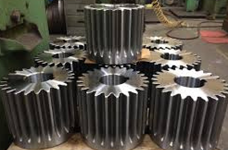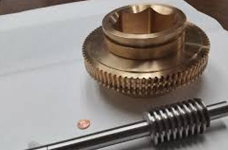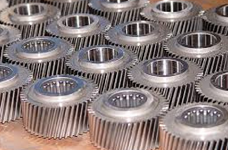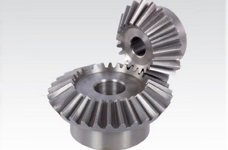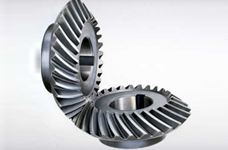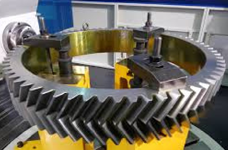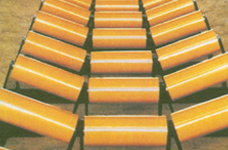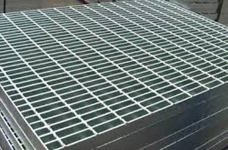Spur Gear
Spur gears are the most easily visualized common gears that transmit motion between two parallel shafts. Because of their shape, they are classified as a type of cylindrical gears. Since the tooth surfaces of the gears are parallel to the axes of the mounted shafts, there is no thrust force generated in the axial direction. Also, because of the ease of production, these gears can be made to a high degree of precision. On the other hand, spur gears have a disadvantage in that they easily make noise. Generally speaking, when two spur gears are in mesh, the gear with more teeth is called the “gear” and the one with the smaller number of teeth is called the “pinion”.
 English
English
